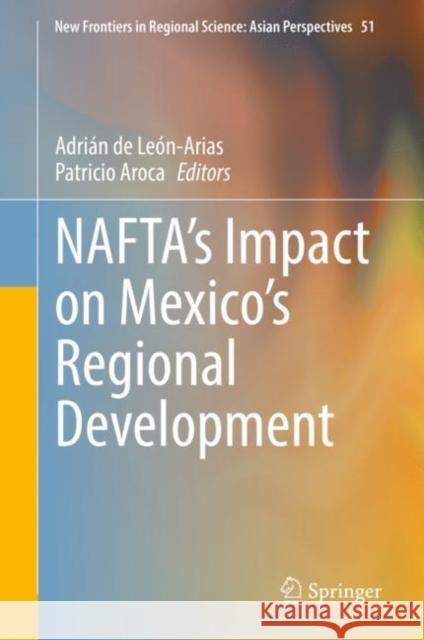Nafta's Impact on Mexico's Regional Development » książka
topmenu
Nafta's Impact on Mexico's Regional Development
ISBN-13: 9789811631672 / Angielski / Twarda / 2021 / 163 str.
Nafta's Impact on Mexico's Regional Development
ISBN-13: 9789811631672 / Angielski / Twarda / 2021 / 163 str.
cena 403,47
(netto: 384,26 VAT: 5%)
Najniższa cena z 30 dni: 385,52
(netto: 384,26 VAT: 5%)
Najniższa cena z 30 dni: 385,52
Termin realizacji zamówienia:
ok. 22 dni roboczych
Bez gwarancji dostawy przed świętami
ok. 22 dni roboczych
Bez gwarancji dostawy przed świętami
Darmowa dostawa!
Kategorie:
Kategorie BISAC:
Wydawca:
Springer
Seria wydawnicza:
Język:
Angielski
ISBN-13:
9789811631672
Rok wydania:
2021
Wydanie:
2021
Numer serii:
000768488
Ilość stron:
163
Waga:
0.41 kg
Wymiary:
23.88 x 20.32 x 1.27
Oprawa:
Twarda
Wolumenów:
01











